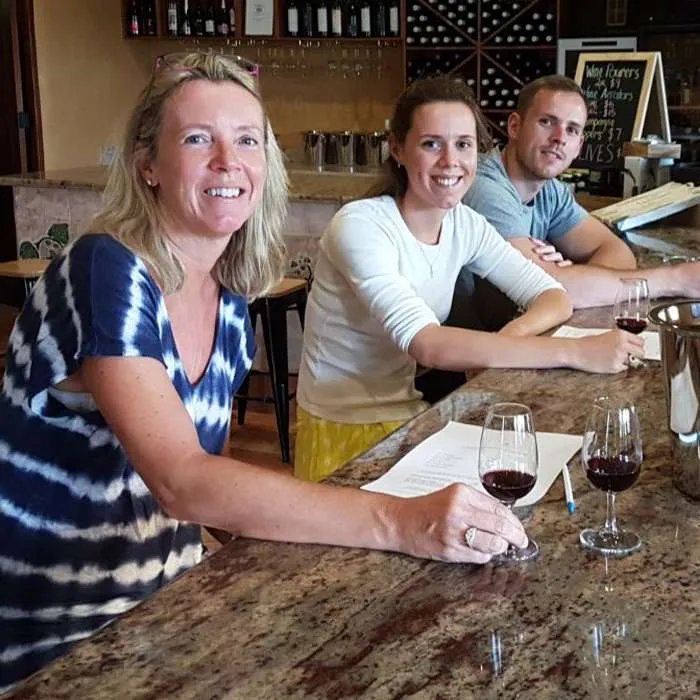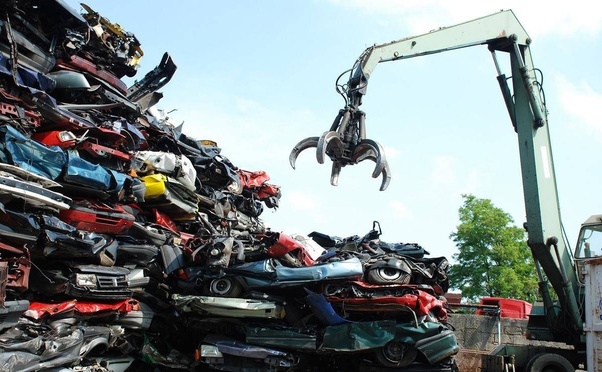Gothic architecture was a popular choice in Europe between the 12th-16th centuries. Religious institutions were the most prominent. Few key architectural engineering innovations were pivotal in Gothic construction, especially exterior wall supports and ribbed vaults for ceilings. This allowed for the creation of extremely tall interiors.
Although the style has been reimagined many times over its long history in European architecture, some key elements remain constant in Gothic architecture. Its overall appearance is the most significant departure from Romanesque architecture. Forget thick walls and heavy embellishments. Instead, opt for intricate, sometimes lace-like elements and slimmer structural supports that allow more light into the elaborate stained-glass windows.
These and other characteristics of the Gothic style made it an important part of historic architecture and a testament to human creativity. Here are some examples of Europe’s most famous Gothic masterpieces to inspire your travel plans.
Notre-Dame Cathedral – Paris, France
The massive Cathedrale Notre-Dame de Paris, located on the tiny Ile de la Cite near the Seine, is one of the most famous buildings in the world.
It was built over two centuries and supported by the Catholic Church. The flying buttress was a key feature of Gothic architecture. This design opened up the nave visually, supporting the stone walls from the outside. The most well-known example of this crucial feature in Gothic architecture is Notre Dame.
Stephen’s Cathedral, Vienna, Austria
St. Stephen’s Cathedral is the most well-known building in Vienna. It was built on the remains of an ancient Roman church. Most of it was destroyed by fire.
The cathedral that we see today was built around the remains of the Roman columns. It includes the iconic mosaic roof, south tower and east-facing Gothic Albertine Choir. Although the latter contains several sculptures, they are copies. They are kept at the Historical Museum of Vienna to protect the originals.
Wroclaw Town Hall – Wroclaw (Poland)
Market Square’s most iconic landmark, the Wroclaw Town Hall, is now a museum, restaurant and Great Hall, which can be used for events. Although it dates back to the 15th century in its current form, it was constructed, rebuilt and repurposed over 200 years ago. It has been an integral part of Wroclaw’s life for many decades.
Cologne Cathedral – Cologne, Germany
The Cologne Cathedral (or Kolnerdom) is a landmark symbol of Cologne. It is also a prime example of German Catholic Gothic architecture.
It is still the seat of Cologne’s archdiocese and attracts as many as 20,000 visitors each day. The cathedral’s exterior is made mainly of sandstone. Over the years, the slightly acidic rain has given it its distinctive black/brown colour.
Doge’s Palace – Venice, Italy
Doge’s Palace, the best example of Venetian Gothic architecture that remains in northern Italy, once housed the rotating heads of the Venetian Republic. The current Palace was built in 1340. Over the years, it has been renovated and reconstructed several times to accommodate the growing administration of the republic.
Today, Venice is an Italian part, and the Palace houses a museum. It displays the Gothic splendour of Venice and contains a wealth of treasures that illuminate the history of the Venetian Republic.
Mary’s Church, Gdansk (Poland)
Although it was built on the same site as a smaller wooden church, St. Mary’s Church in Gdansk’s current condition is due to Heinrich Ungeradin (a local architect of international renown).
It draws inspiration from other brick Gothic churches throughout northern Europe and has become a symbol of Gdansk. The nave, which is large and intricately supported, also showcases key attributes of the genre. They used two vaulting styles to maximize the visual intrigue caused by the ceiling’s high ceilings.







